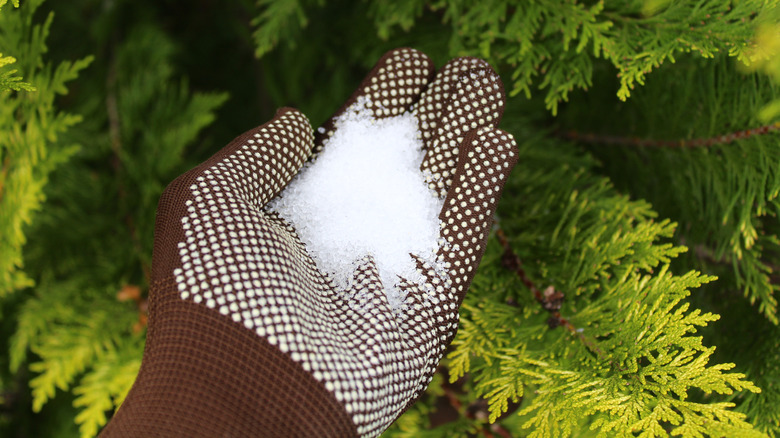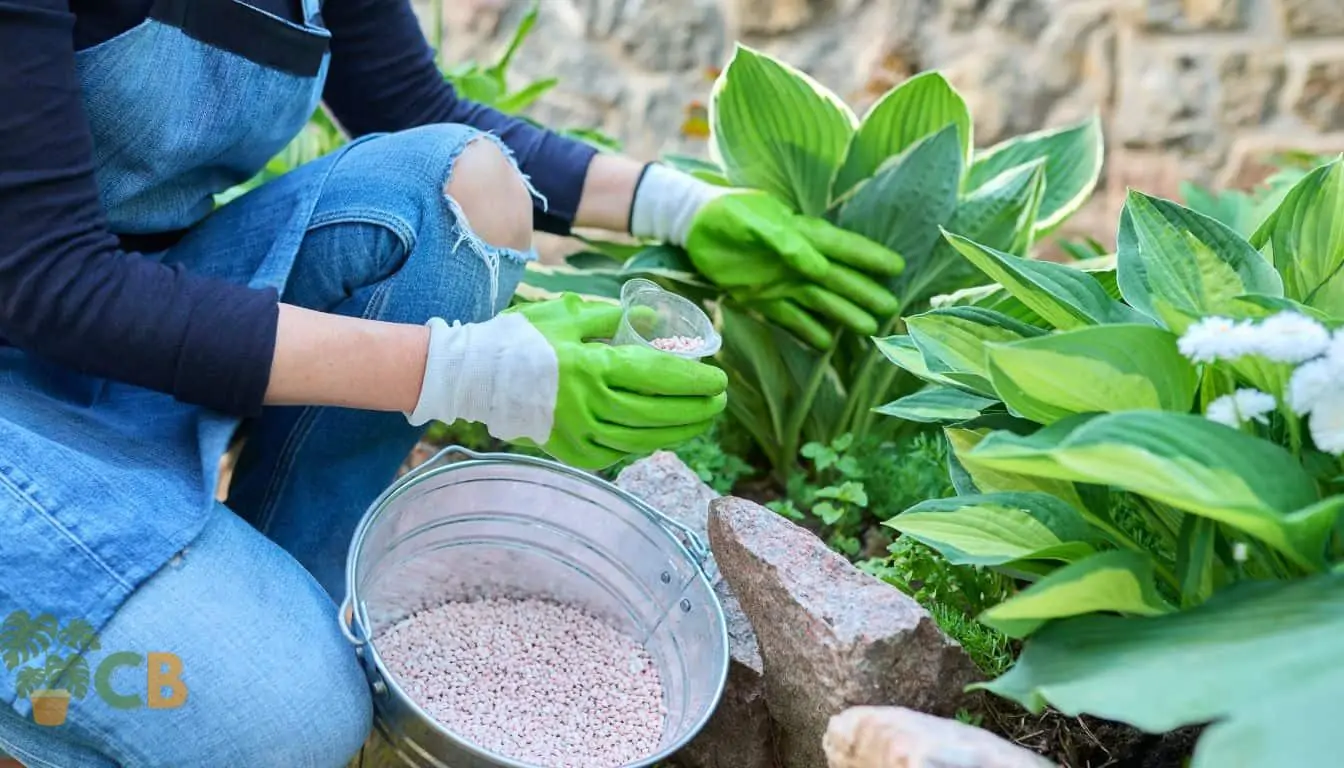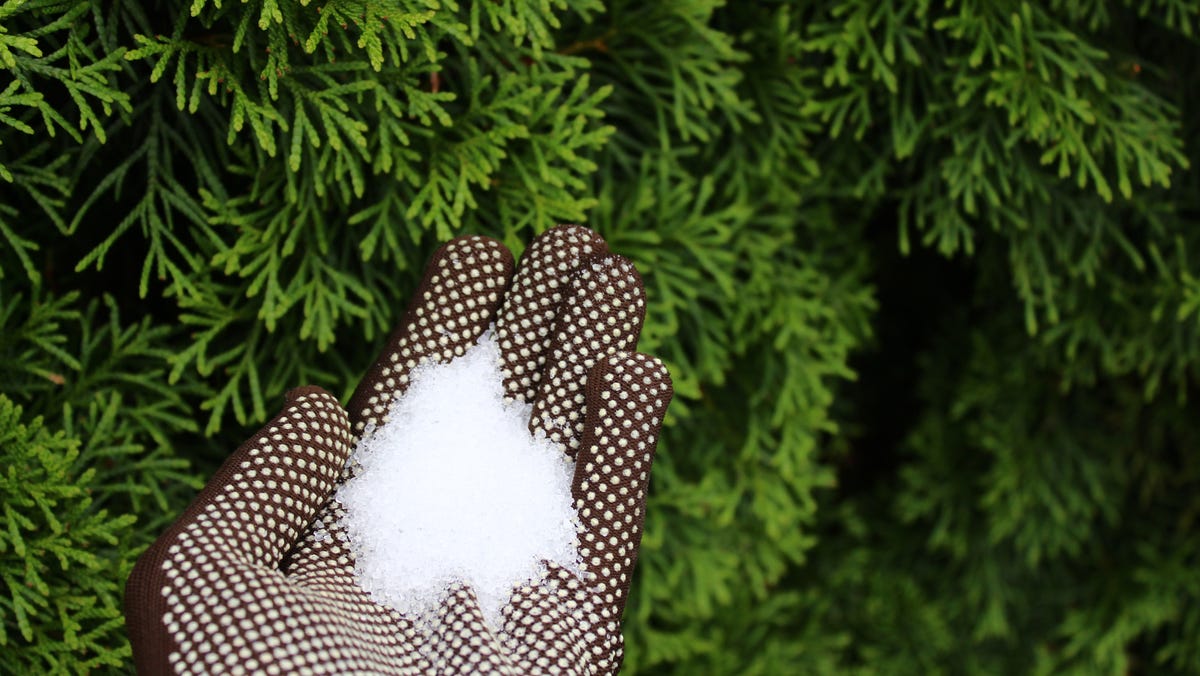Garden Mistakes: What Plants Don't Like Epsom Salt and Exactly How to Avoid Them
Garden Mistakes: What Plants Don't Like Epsom Salt and Exactly How to Avoid Them
Blog Article
Discover the Details Plants That Are Detrimentally Impacted by Epsom Salt Application
Epsom salt, a preferred family solution for different horticulture troubles, is frequently praised for its valuable impacts on plant development. Recognizing the details plants that can be detrimentally influenced by Epsom salt is important for any kind of garden enthusiast looking to enhance their plant care routine.
Roses

Roses, particularly conscious changes in their atmosphere, can be negatively impacted by the application of Epsom salt. While Epsom salt is generally used as a plant food to promote plant growth and boost flowering, roses are just one of the plants that do not react well to its application. The high magnesium content in Epsom salt can hinder the uptake of other important nutrients by the rose plants, causing deficiencies that show up as yellowing leaves or stunted development.

Tomatoes
While Epsom salt is usually proclaimed as a treatment for different plant issues, including bloom end rot in tomatoes, its application can lead to detrimental end results if not made use of carefully. Extreme Epsom salt, which is magnesium sulfate, can disrupt the fragile nutrient equilibrium required by tomatoes, potentially leading to shortages in various other important nutrients like calcium. When taking into consideration the usage of Epsom salt on tomatoes, it is vital to adhere to recommended application prices and soil screening to protect against unintended repercussions on the general health and productivity of these cherished garden plants.
Peppers
Peppers, prized for their various colors and levels of spiciness, can demonstrate sensitivity to negative influences from Epsom salt when not used with treatment and factor to consider for their specific nutritional needs. what plants don't like epsom salt. Peppers, coming from the Solanaceae family, call for a delicate equilibrium of nutrients to thrive. While Epsom salt is recognized to increase magnesium levels in plants, excessive application can disrupt this equilibrium, resulting in damaging impacts on pepper plants
When peppers are exposed to high degrees of magnesium from Epsom salt, it can hinder the plant's ability to absorb other crucial nutrients like calcium and potassium. This inequality might materialize in signs such as fallen leave discoloration, stunted growth, and minimized fruit manufacturing. Furthermore, the too much magnesium can modify the dirt pH, further worsening nutrient uptake issues for peppers.

Rhododendrons
Provided the sensitivity of certain plant varieties to imbalances caused by useful site Epsom salt, it is important to take into consideration the influence on Rhododendrons, which additionally call for certain nutrient degrees to prosper. Rhododendrons are acid-loving plants that favor acidic dirt problems with a pH range between 4.5 and 6.0. Epsom salt, chemically called magnesium sulfate, can change the soil pH and disrupt the delicate balance of nutrients crucial for Rhododendron health and wellness.

To keep the ideal growth and health of Rhododendrons, it is essential to avoid the unplanned use of Epsom salt and rather concentrate on offering the particular acidic soil conditions and nutrients that these plants need for imp source thriving.
Azaleas
Azaleas, known for their vivid blossoms and broad range of shades, are ornamental hedges that belong to the Rhododendron category. These prominent blooming plants are usually discovered in yards, landscapes, and parks because of their beauty and convenience. Azaleas are sensitive to adjustments in soil pH degrees, which can considerably affect their development and general wellness. While Epsom salt is frequently used as a treatment for magnesium deficiency in plants, its application to azaleas can have adverse results.
When Epsom salt is related to azaleas, it can modify the dirt pH, making it more acidic. Azaleas choose a little acidic dirt conditions, and an extra of magnesium from Epsom salt can disrupt this balance, bring about nutrient imbalances and prospective poisoning concerns. The incorrect application of Epsom salt can result in stunted development, yellowing of fallen leaves, and total decrease in the health of azaleas. It is essential to be mindful when considering the use of Epsom salt on azaleas to prevent any unfavorable repercussions on these delicate decorative shrubs.
Conclusion
To conclude, it is necessary to be conscious of the details plants that can be adversely affected by the application of Epsom salt. Roses, tomatoes, peppers, rhododendrons, and azaleas are some examples of plants that might not benefit from Epsom salt and might also suffer damage. It is critical to research study and recognize the needs of each plant types prior to making use of Epsom Go Here salt as a fertilizer to guarantee their health and wellness and health.
Understanding the particular plants that can be negatively influenced by Epsom salt is essential for any garden enthusiast looking to optimize their plant care routine. While Epsom salt is frequently made use of as a fertilizer to promote plant growth and boost blooming, roses are one of the plants that do not react well to its application.Excessive use of Epsom salt can also result in a build-up of salts in the soil, leading to root damages and dehydration of the rose plants. While Epsom salt is understood to improve magnesium degrees in plants, too much application can interrupt this stability, leading to damaging results on pepper plants.
The high salt content in Epsom salt can likewise dry out Rhododendron origins, creating more stress and anxiety and damages to the plant. (what plants don't like epsom salt)
Report this page